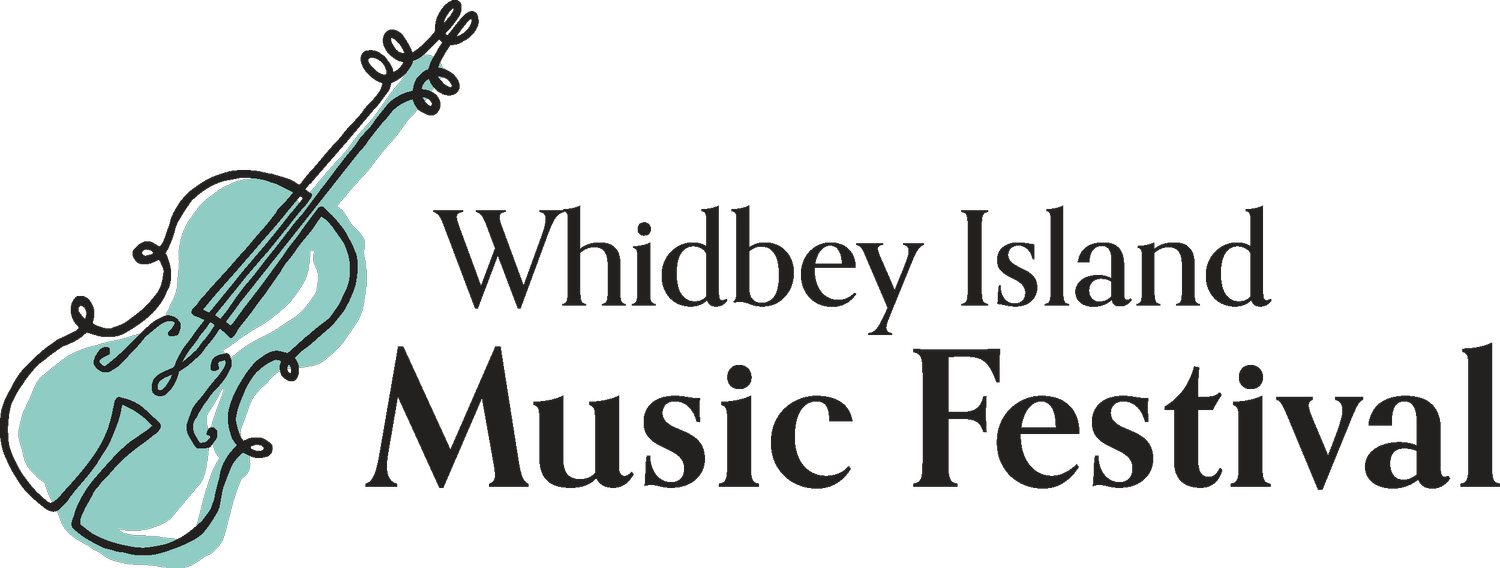Handel’s Harp
PROGRAM NOTES
The harp was a powerfully symbolic instrument in the early history of European opera, from its first obbligato use by Monteverdi in his Favola d’Orfeo (1607) through the famous scene in Gluck’s Orfeo ed Euridice (1762). Yet the instrument was always a rare and expensive addition to the orchestra, played by only a few virtuosi in each generation. It is therefore noteworthy that one major composer, more than any other, often featured the harp as a special obbligato instrument: Georg Frideric Handel. Handel’s use of the harp ranges from his operas and oratorios to the famous concerto. It also extends throughout his mature career from Esther in 1718 (considered the first English Oratorio) to Alexander Balus in 1748.
The opportunity to write for the harp was always contingent on the presence of professional harpists, which seem to have been lacking during Handel’s Italian sojourn (1706-1710) and his early years in England. Then, in 1720, the Welsh harper William Powell entered the service of the Duke of Chandos who had also employed Handel since 1717. According to the Handel biographer Sir John Hawkins, Tune your harps to cheerful strains from Esther was written for Powell to play. A few years later Handel called on the harp again, featured prominently in the onstage band for the seduction scene in Giulio Cesare (premiered on Feb 20, 1724). Revivals of Giulio Cesare and Esther in 1725, 1730, 1732, and 1733 signify the ongoing presence of capable harpists in London in those years, one of whom was a blind Welsh harper named Thomas Jones. Hawkins described Jones as a harpist who included ”many of Mr. Handel’s opera songs” in his repertoire. This statement, together with the existence of contemporary keyboard versions of popular Handel arias by William Babbel, led me to compose variations for the harp on the aria Lascia ch’io pianga for inclusion in the first recording project which Maxine and I made called Handel’s Harp in 2009.
In this program, we also explore the way Handel turned his attention to the recorder and the baroque guitar as well as the harp. Then as now, the recorder was both a professional instrument of the virtuosi and a beloved amateur instrument for music-making in the home. Handel capitalized on this popularity by writing very attractive sonatas for that instrument. We also include here a unique cantata from Handel’s Italian period – unique in its use of the Spanish language and the instrument most associated with Spain: the Spanish guitar.
We begin the program with a piece to feature the violins by the Swedish composer Johann Helmich Roman, who was born in Stockholm and joined the royal chapel there in 1711 as a violinist and oboist. In 1715, the King granted Roman permission to study abroad which he used to spend six years in London. He met many prominent composers there including Handel, whose music made a lasting impression on him. He is often called “the Swedish Handel” because of the high quality of his music.
Stephen Stubbs, July 2024
